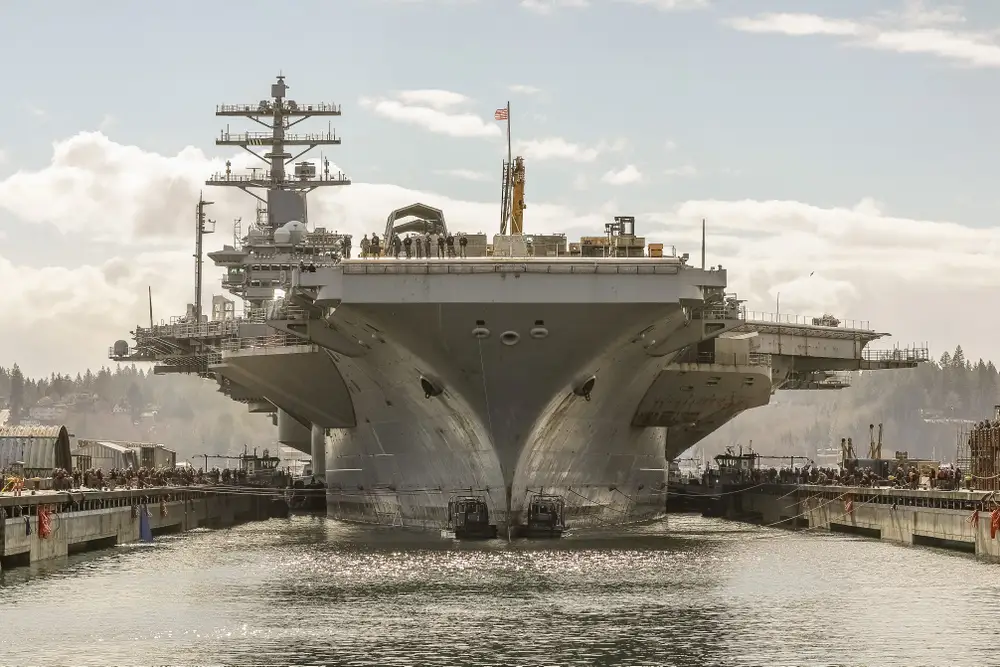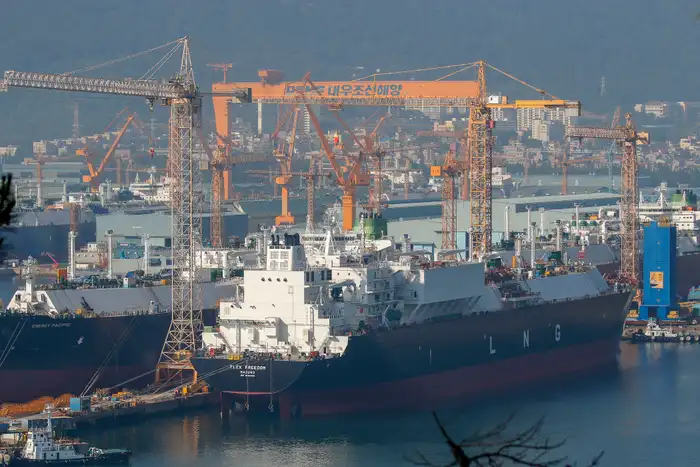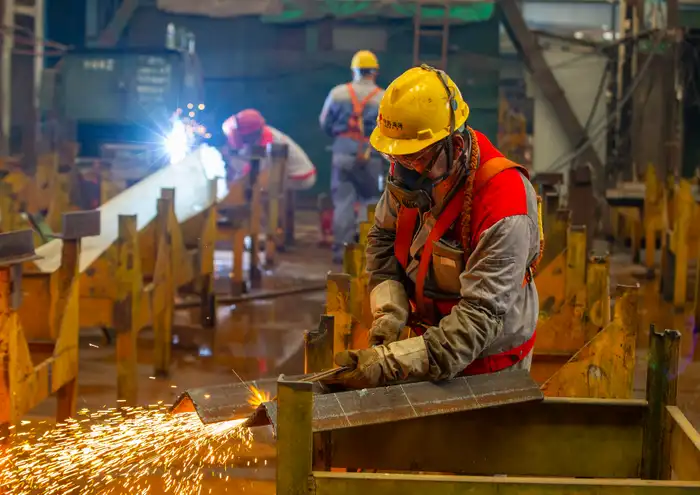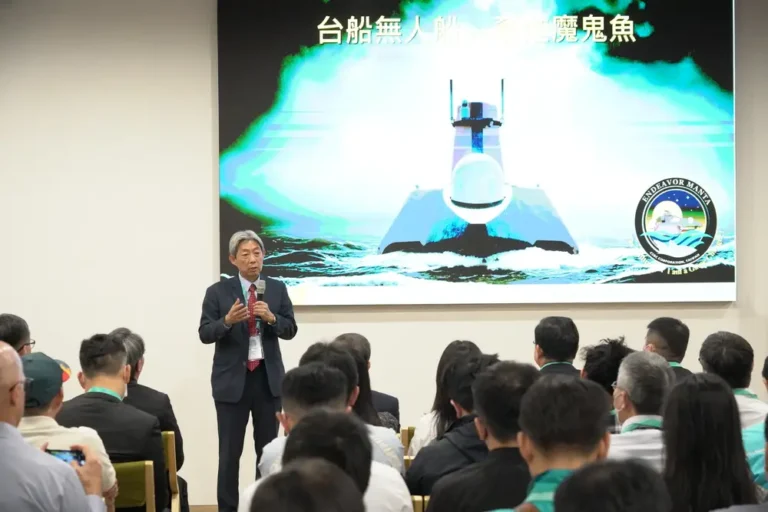Naval affairs specialist says Pacific allies might just have answers to US shipbuilding problems

The US Navy’s shipbuilding muscles have atrophied, leaving it with a serious problem amid China’s massive military buildup.
Fixing US shipbuilding problems and revitalizing American sea power has become a top priority. A pair of Pacific allies with strong industries may have answers.
South Korea and Japan are major shipbuilders, and US yards constructing Navy ships could learn from their approaches, a veteran naval affairs expert told lawmakers this week.
In a statement to the House Armed Services Committee’s Seapower and Projection Forces subcommittee, the naval affairs specialist Ronald O’Rourke highlighted the success that allies such as South Korea and Japan had seen in shipbuilding.
Their approaches include in-house worker training that can address capability, operations, and materials management issues, such as “monitoring and managing the flow of work through the shipyard on a continuous basis,” O’Rourke, a longtime Congressional Research Service analyst, said in written testimony.

One solution presented was looking at South Korea and Japan’s management of their yards and workforces.
They also embrace effective design and construction processes. South Korea, for instance, designs “ship sections with a strong focus on reducing the labor hours needed to produce them,” O’Rouke said. Doing so could mean enlarging ship sections to improve worker access to spaces and using straighter, less convoluted pipe runs “that take up more space but require less labor to produce and install.”
The cost for bigger ship sections would be higher, but the reduction in labor costs more than offsets it. The end result could make ships much “easier and less expensive to build, maintain, and modernize over their life cycles,” he wrote.
At a congressional hearing Thursday, O’Rourke said that there were lessons to be learned from both Japan and South Korea’s shipbuilding models and that the two were mentioned “almost side-by-side” when discussing best practices for world-class shipbuilding standards for efficient shipyard operations.
Another topic of discussion has revolved around how Japan maintains a steady procurement rate amid changes in force size, a long-standing struggle for the US shipbuilding industry.
There are, as O’Rourke and others said, differences between building commercial and military vessels, such as how many can be made, interior density and complexity, propulsion systems, survivability, intended life cycles, and the installation of combat systems, and all of that needs to be taken into account.

China’s shipbuilding empire is massive, with South Korea and Japan second and third in the world, respectively.
But that does not mean there aren’t lessons that could be applicable to US shipbuilding.
In April, the then secretary of the Navy, Carlos Del Toro, said he was “floored” by South Korea’s shipyard capabilities after a visit, especially the digitization and real-time monitoring of shipbuilding progress, which included “regularly available information down to individual pieces of stock materials.”
Top South Korean shipbuilding executives were able to pinpoint the exact day when ships would be delivered, Del Toro said at the time, a stark difference from the severe delays the US faces in shipbuilding capacity, labor availability, and resources.
How the US could capitalize on and embrace the effective shipbuilding practices of allies such as Japan and South Korea — or work closer with their biggest companies — is a major focal point, as the US and its Pacific partners look carefully at China’s dominant shipbuilding empire and regional security concerns.
“Japan and South Korea are in competition with China,” O’Rourke said, “so they are trying to hold onto their market share against the Chinese shipbuilding,” pushing them to make their shipbuilding operations as effective as possible.
Automation and streamlined production processes are key to achieving that. South Korea and Japan are, respectively, the second and third largest shipbuilders behind China.
Correction: March 12, 2025 — An earlier version of this story misstated the name of the naval affairs specialist. It’s Ronald O’Rourke, not Robert O’Rourke.






